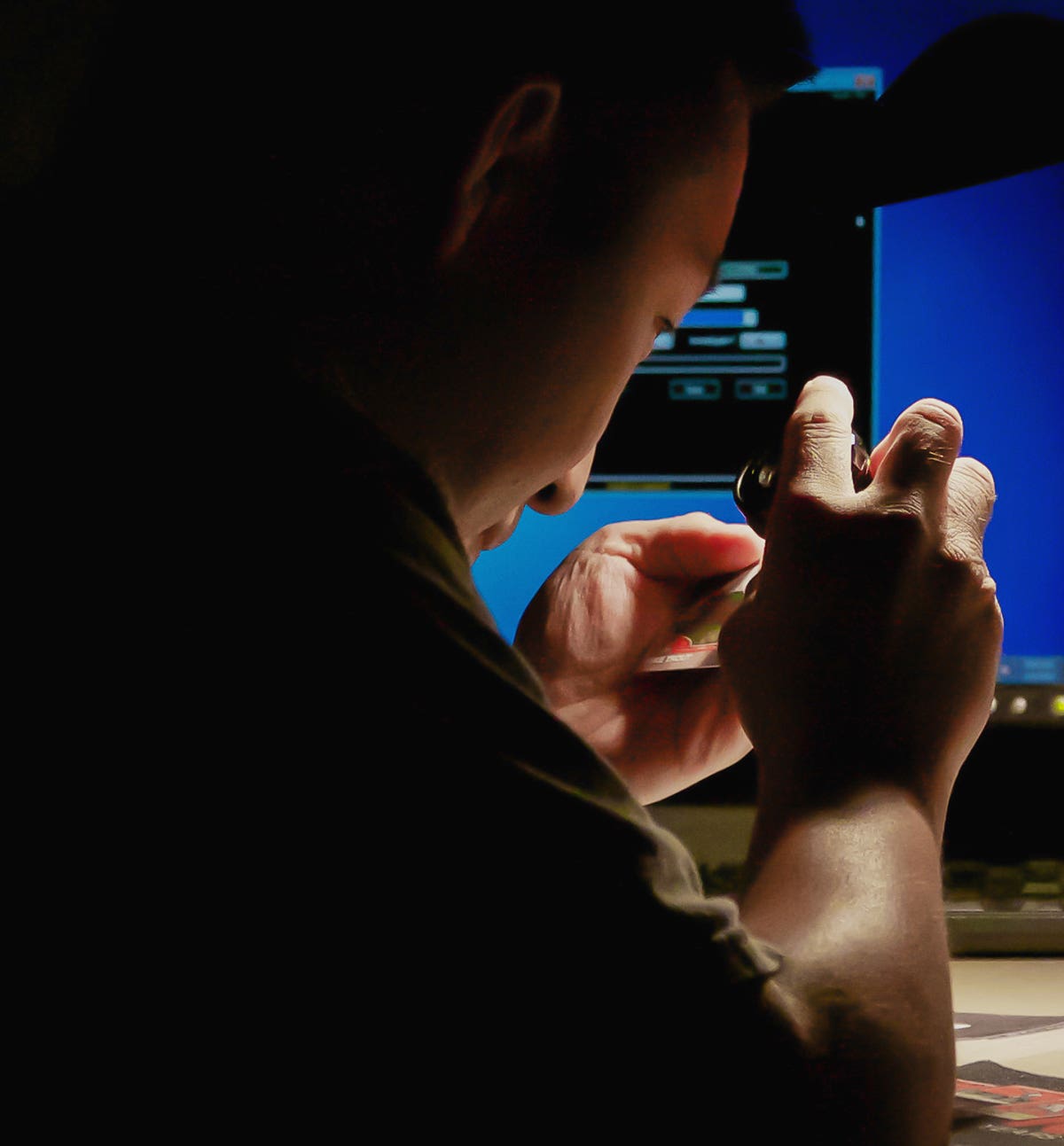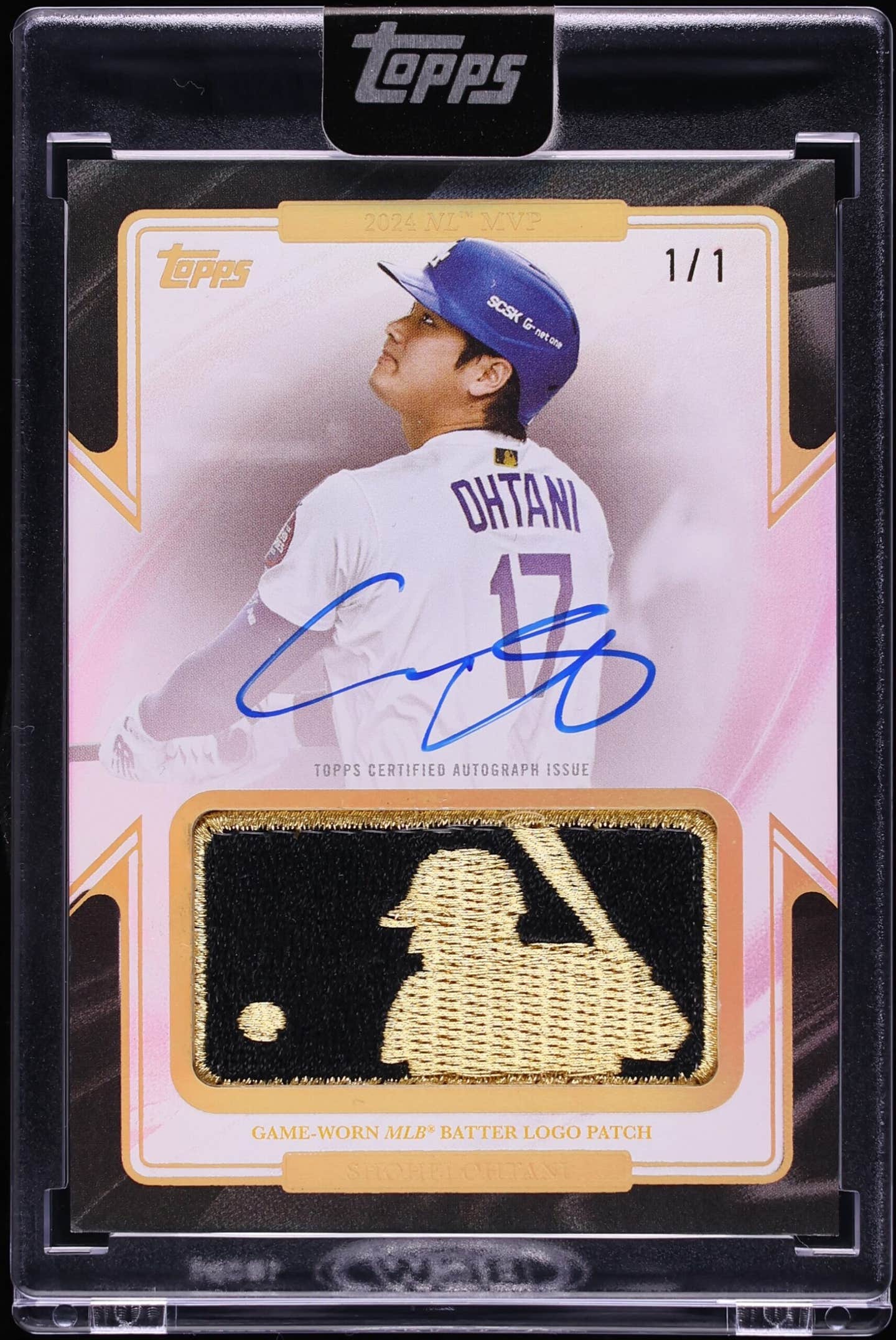Collecting 101
Newport Sports Museum Closes, Selling Collection Through SCP Auctions
By George Vrechek
John Hamilton, founder of the Newport Sports Museum in Newport Beach, Calif., has decided that it is time: Time to close the museum and sell the bulk of his wonderful collection of sports memorabilia. The news came in March that the first of four auctions would be conducted by SCP Auctions starting April 30 through May 17. The museum was no longer open to the public after March 17.
Four years ago, I visited the museum (June 11, 2010, issue of SCD). I returned again in December 2013 to meet with Hamilton and had a wonderful visit. The 8,000-square-foot museum was still a well-maintained, incredible array of Hamilton’s sports collectibles. However, following my visit several factors caused a reluctant change of heart. In March 2014 Hamilton described to me the museum closing like “having to put down a faithful old dog.”
Break-in
A recent break-in by thieves was interrupted by the museum’s security system – but not before they made off with several items from the museum’s lobby. Baseballs autographed by Mel Ott, seven U.S. Presidents, perfect game pitcher Don Larsen, perfect game pitcher Mike Witt of the Angels and 500 home run hitters were stolen. If anyone is approached to buy such baseballs, Hamilton and the Newport Beach police should be notified. The value of the items lost in this smash-and-grab theft exceeded $100,000, according to Hamilton.
Decision to sell
The break-in was disturbing. Hamilton had also been concerned about what he would eventually do with the collection, and the continuing costs of staffing and maintaining a free museum. The break-in was likely the impetus to act. Hamilton, 72, felt that his own physical and financial health would be best served if he closed the museum and sold the collection rather than continuing to operate.
Hamilton had beautifully maintained the museum and the collection, making it available to the public for eight hours per day, five days per week at no charge. Seven years ago it was a home burglary that caused pioneer collector Lionel Carter to reluctantly decide it was time to sell his incredible card collection.
Hamilton has been instrumental in several organizations and charities involving at-risk youngsters who have benefited from museum programs. Hamilton had stated, “I think that it is important to not keep a ‘Renoir’ locked up in your house, when you can share it with the public, especially kids, at no charge ... Our museum is just the platform or attraction for kids. Our real goal is to change lives, by teaching kids responsibility, honesty and conditioning, allowing them to influence their communities.”
First of four auctions in May
The first phase of the auction in May will involve many of the baseball items in the museum and some of the basketball and hockey memorabilia. Subsequent auctions will cover the remainder of the collection.
I was fortunate to have seen most of the collection during my two visits. I was overwhelmed by what Hamilton had accumulated, covering every major sport and every conceivable collectible except cards. You walked into the museum lobby and found baseballs signed by most Hall of Fame members. The succeeding rooms had signed hockey, football, baseball and basketball jerseys.
Continuing you found footballs signed by every Heisman Trophy winner, golf clubs and bags used by U.S. presidents, Sports Illustrated magazines, trophies, stadium seats, photos, surf boards, curling stones, basketball shoes, programs and tickets.
Hamilton’s office
Even Hamilton’s office was like visiting a museum. As I ascended the stairs to his office last December, I noticed several immaculate vintage bicycles hanging above me, mounted from brackets coming out of the walls. The receptionist’s area had amusement park bumper cars in beautiful condition.
Behind his desk was a large print of the St. Andrew’s clubhouse. The mat surrounding the print was signed by all but two of the British Open winners since 1946. Glass cabinets contained a vast collection of Hamilton watches (no relation). A restored Newport Beach gas station pump from a bygone era fit nicely into a far corner next to a vintage jukebox. Hamilton quickly confessed that he was a “sick” man when it came to collecting – especially sports collecting.
Range of sports and collectible interests
I will always remember my visit with Hamilton when he enthusiastically discussed sports and sports collectibles. We talked about Babe Ruth still being the best known athlete today, Babe Ruth’s last at-bat, the BCS and McArthur Bowl Trophies having been at the museum the prior week, Brooks Robinson’s clavicle, this year’s HOF inductees, Ronnie Lott’s speaking ability, Ronald Reagan and George Bush’s golf clubs, drinking out of the Stanley Cup last year, Chris Chelios, the Arizona/UCLA basketball game that night, halfback Jon Arnett’s other talents as a track athlete and gymnast, Bill Nelson and Jim Brown of the Cleveland Browns, Jim Taylor of the Packers, the Billy Ripken card and the McKeever twins Marlin and Mike. Names and details came to him quickly. He brought the collection to life with interesting stories involving the athletes and the items.
He will miss seeing the items and reliving the memories associated with them.
Some of the items displayed in the museum will be returned to friends and athletes who provided them. A few items of personal sentimental value will be retained, like former L.A. Ram Jon Arnett’s No. 26 jersey, since Hamilton wore that number, his kids wore the number, and Arnett is a friend. However, the bulk of the collection will be sold. It is so varied (except for cards) that there should be something that interests every collector.
Lott Impact Award
Hamilton is discontinuing the museum but not all of the programs that the museum foundation has created. The museum foundation has a panel of athlete-volunteers who demonstrate to at-risk youth the important role that sports had on their lives, including their educational achievements and experiences with drugs, alcohol and gangs. Ronnie Lott is one of those volunteers. Lott played at USC, which is particularly dear to Hamilton as the long-time chairman of the USC Athletic Hall of Fame. Lott played 14 years in the NFL and is in the Pro Football Hall of Fame.
Hamilton co-founded an annual award program to recognize the college player who most exemplified Ronnie Lott as the best defensive player in the country. The founding board advisers included Bill Walsh, Jack Kemp and Frank Gifford. Hamilton has been board chairman. The board settled on the idea that the award should be based 50/50 on ability and character. The 50 percent character component considers the player’s scholastic achievement, his off-field behavior and his service to the community.
The award is now 10 years old. Past recipients include J.J. Watt, DeMeco Ryans, Manti Te’o and Luke Kuechly. Condoleezza Rice presented the award last year. Fox Sports and Mercedes-Benz are among those involved in sponsorship of this award and the related gifts to charities benefited by the award.
Seriously fun
The impression I had of Hamilton when I visited with him was that while he was a dedicated collector, that this was not a serious endeavor. By that I mean that he was collecting for fun and enjoying it. He even had a small basketball court in the middle of the museum, complete with perfectly inflated balls you could use to shoot hoops. I told Hamilton that I really enjoyed flailing away, taking shots in the small gym.
Hamilton collected this museum full of memorabilia because he enjoyed collecting, and he liked to see the positive results from the charitable programs he started. He told me he wasn’t thinking of how much things would be worth. But, like many collectors, he felt the time had come for the collection to re-enter the hobby.
Buyers should keep in mind the man behind the memorabilia and the serious fun he had in putting it all together.
George Vrechek is a freelance contributor to SCD and can be reached at vrechek@ameritech.net.








